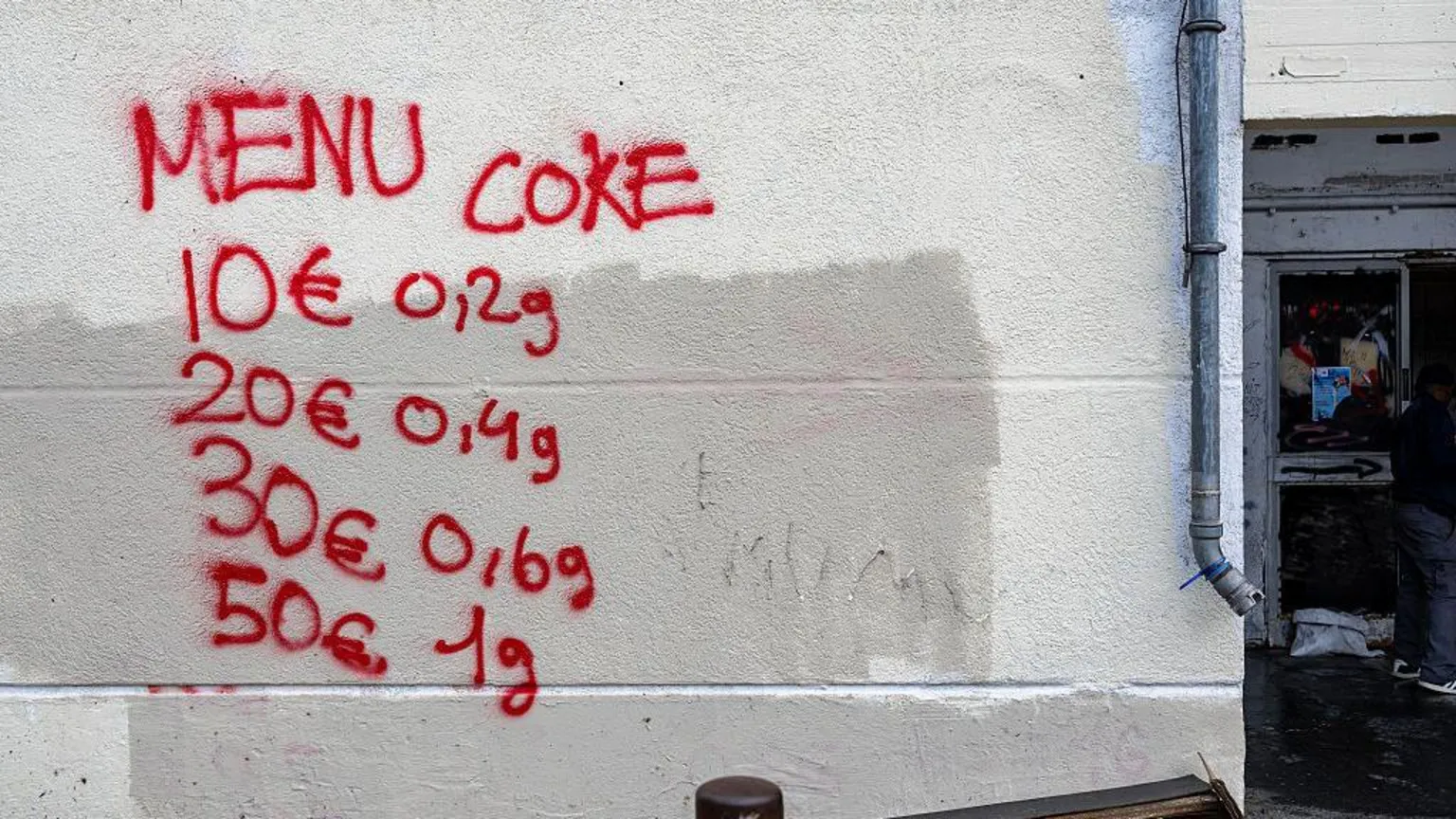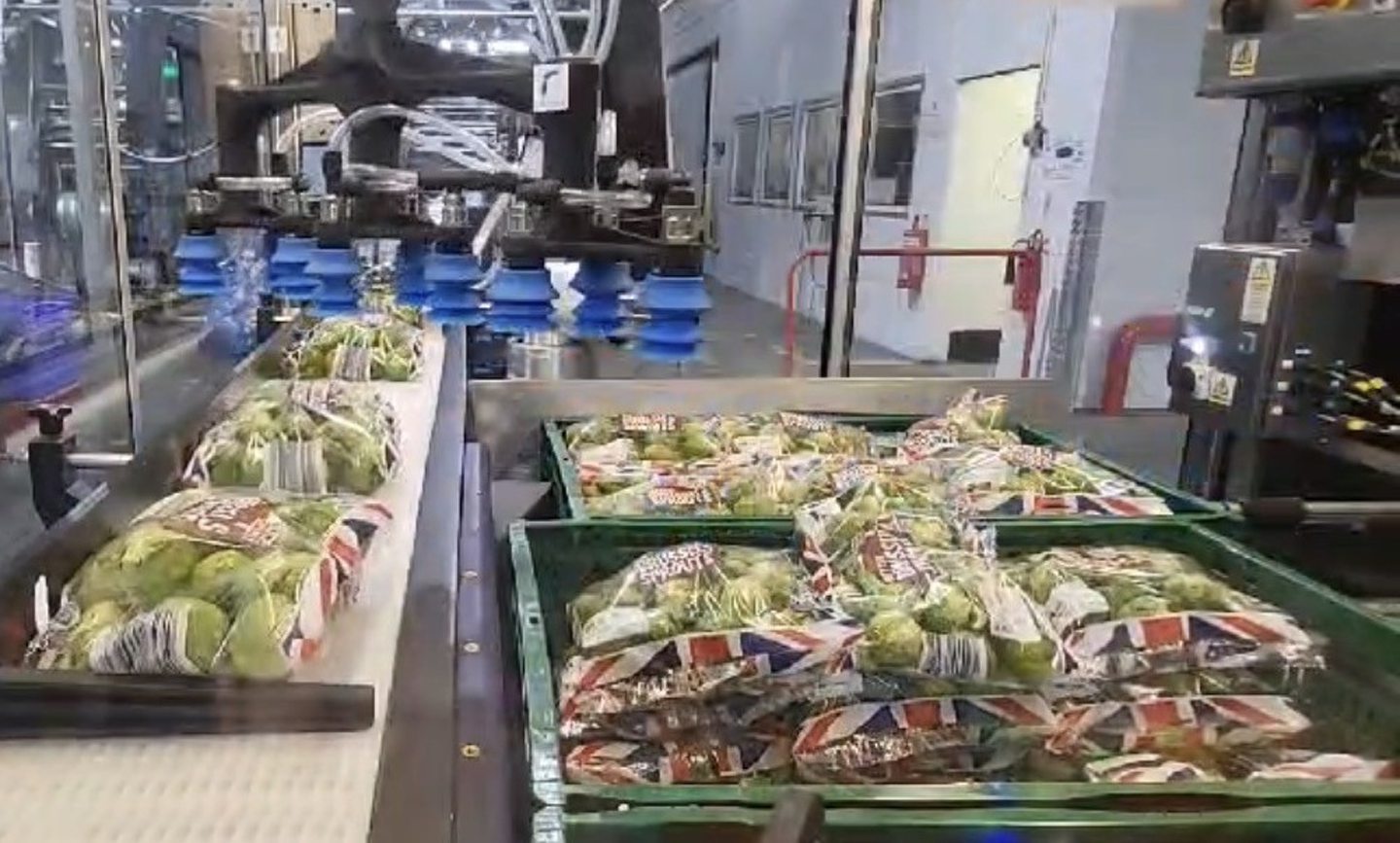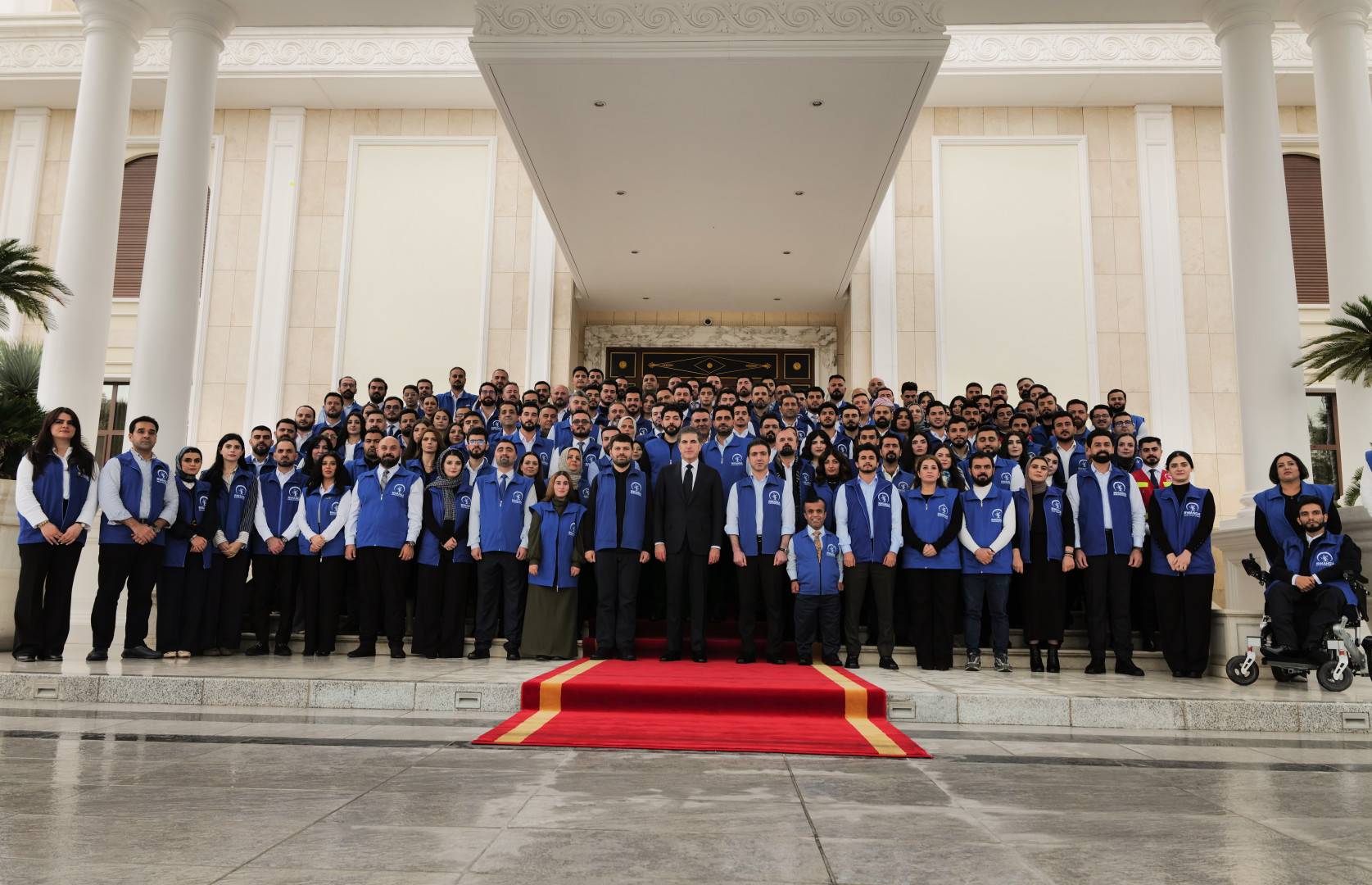Canada’s immigration department reveals eye-popping application processing times — some of which exceed 10 years
Critics question the change, which is supposed to provide more transparency, amid worries that a mass cancellation of applications is coming soon.

Amani Kanjo could hardly believe her eyes: the processing time on permanent residence applications had ballooned from 49 months, when she checked just a month ago, all the way to 104.
“If you started a new application and you should wait more than 100 months, that’s really insane,” said Kanjo, who has been alone in Montreal, separated from her fiancé in Turkey. “We came here for safety, but I feel like I am still living in limbo, unable to plan, unable to settle.”
The Syrian woman was granted asylum in Canada in June 2022 and submitted her permanent residence application a month later. She discovered the new processing time estimates via a new tool rolled out recently by the Immigration Department, revealing the latest processing times for protected persons seeking permanent residence.
A few other programs have also suddenly seen eye-popping surges in new application processing times, exceeding 10 years. The change by the Immigration Department is meant to provide more transparency to applicants, although critics are questioning the timing and whether a mass cancellation of applications is coming soon.
Someone who is granted asylum today has to wait 104 months to be a permanent resident in Quebec (and 99 months in the rest of Canada). The new tool indicates 53,700 people are still waiting for a decision. (In Kanjo’s case, about 8,500 are ahead of her, and she has 16 more months to go.)
Processing times may increase with any change to Ottawa’s immigration levels plan, if there are more people applying than available spaces.
For a long time, the Immigration Department had calculated processing times based on how long it took officials to process 80 per cent of applications in the previous six months for permanent residence programs, and up to 16 weeks for various temporary residence programs.
Last year, officials introduced what it called “forward-looking processing times” to offer more precise estimates on how long someone applying now should expect to wait before a final decision is made on their application. It’s meant to provide “realistic and up-to-date information so clients can make travel and life plans based on an accurate timeline.”
The new tool takes into account the yearly quotas of immigrants to be admitted in each program, the number of applications already in the pool, as well as operational priorities and capacity. However, it was only available to a limited number of economic and family class immigration programs, as well as citizenship applications, until now.
Earlier in October, officials expanded it to the remaining types of applications, including permanent residence for protected persons and those on humanitarian and compassionate grounds that currently have no mechanisms in place to limit applications.
While the new way of presenting the information is more transparent, critics question the timing of the updates in the wake of Ottawa’s proposed new laws that would manage immigration intake, and just weeks before Minister Lena Diab is to table her 2026-2028 immigration levels plan in the Parliament.
“With the new bill, there’s going to be mass cancellations of applications and application categories and inventories,” warned Toronto immigration lawyer Zeynab Ziaie.
“Presenting these much longer processing times instead of throwing up our hands ... it prepares you mentally for the next step, which is what we have to do to clear these backlogs and start over.”
Among wide-ranging objectives of tightening immigration rules and tackling transnational crime, Bill C-12, which replaced proposed legislation tabled in June, seeks the power to suspend, cancel or stop accepting and processing of immigration applications and documents such as visas and permits, in the public interest.
The Immigration Department said the improved processing times tool provides up-to-date information to make things more transparent and predictable. Those who have applied will see the estimated processing time remaining, as well as the estimated number of people ahead of them in the queue.
“Our goal is to make the immigration system easier to use and manage, while maintaining public trust,” it said, adding that proposed changes in Bill C-12 are meant to “equip” the government to respond to “a broad range of unforeseen events.”
Calgary-based immigration consultant Alfadl Hattab said other immigration programs now facing outrageous processing times include permanent residence applications on humanitarian grounds, for start-up visas and the federal self-employed stream — all showing more than 10 years for new applicants. (Times vary for applicants to Quebec, which sets its own immigration targets.)
He said Ottawa announced plans to significantly reduce immigration targets last October for 2025-2027 and should have had these projections for some time.
“So why did it take them 11 months to tell the public the new processing times now?” asked Hattab. “Releasing these numbers at this time could be for transparency (purposes) but the Immigration Department might also be planning other things now with Bill C-12 tabled, and also because the new immigration levels plan should be announced soon.”
While the new tool will help future applicants decide whether to submit an application, he said it does nothing for those already in the queue, many of them temporary residents in limbo here.
“We already knew the department is reducing the admission numbers these few years and at the same time more applications are coming in,” Hattab said. “It’s very clear for everyone practising immigration law that the refusal rate will keep going up.”
Both Ziaie and Hattab said Ottawa should not further reduce permanent spots, especially for protected persons because asylum seekers don’t come here by choice, are stuck in the queue and can’t go elsewhere. They said if the government cannot process all submitted applications, it’s only fair to control intake to avoid backlogs.
The latest immigration data shows that there were 2.2 million immigration applications in the system as of Aug. 31, including 958,850 in backlog for exceeding service standards. Fifty-two per cent of permanent residence and 42 per cent of temporary residence applications were considered backlogged.
“We can’t invite people to invest their hopes, savings and futures in Canada, and then abandon them to decade-long waits and ultimately allow for cancellation of their applications because nothing was ever promised to them,” Ziaie said.
“Immigration is not just policy. It’s about real people and families, real lives, real sacrifices, and real trust.”
[Source: Toronto Star]






















/file/attachments/orphans/20250610_UNEPDecadeonEcosystemRestoration_SouthAfricanThicket_ToddBrown_18_275286.jpg)































